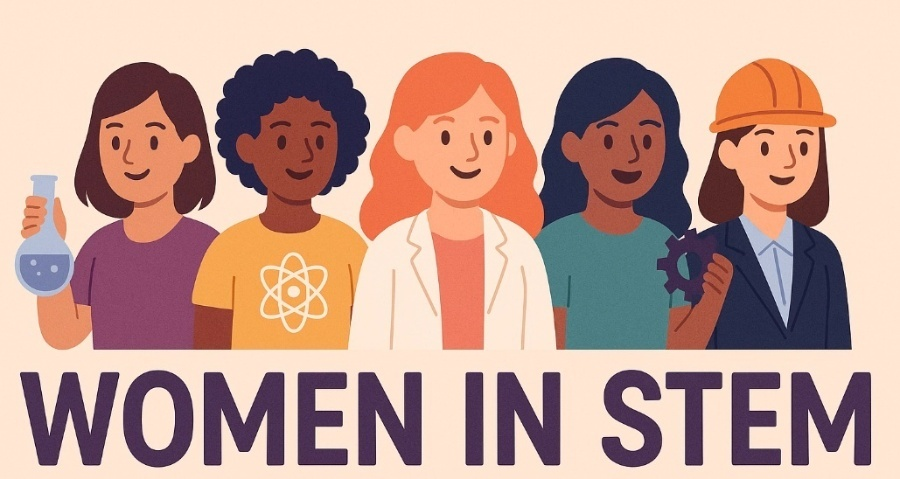Speaker
Description
Attracting women and girls to science, technology, engineering and mathematics (STEM) and providing an environment for them to thrive and progress is a shared responsibility of government, academia, the education system, industry, and the community. I will discuss the Women in STEM Decadal Plan1, developed by the Australian Academy of Science (AAS) in collaboration with the Australian Academy of Technology & Engineering. This ten-year plan offers a vision and opportunities to guide stakeholders as they identify and implement specific actions needed to build the strongest STEM workforce to support Australia. The AAS also hosts the STEM Women website, an online directory which aims to promote gender equity in STEM by showcasing the breadth of scientific talent to enable a diverse range of women to be offered opportunities to progress their careers and personal capabilities. In partnership with the Association of Academies & Societies of Sciences in Asia (AASSA) and the InterAcademy Partnership (IAP) in September 2021 this was extended to STEM Women Asia to help discover the diversity of women with STEM skills across Asia and Oceania. Then in November 2022, STEM Women Global was launched to increase the visibility of women working in STEM worldwide. Further, the AAS convenes the International Science Council (ISC) Regional Focal Point for Asia & the Pacific (RFP-AP), which acts as a hub for ISC members and activities in the region. The ISC RFP-AP aims to ensure that the unique needs and priorities of the Asia and Pacific regions are integrated into the global scientific dialogue. A mentoring programme commenced in September 2024 to connect early career researchers (ECRs) with senior science mentors to guide young scientists from low-income nations within the region to become future leaders in academia. A case study of an ECR in chemistry who participated in the program will be presented.

